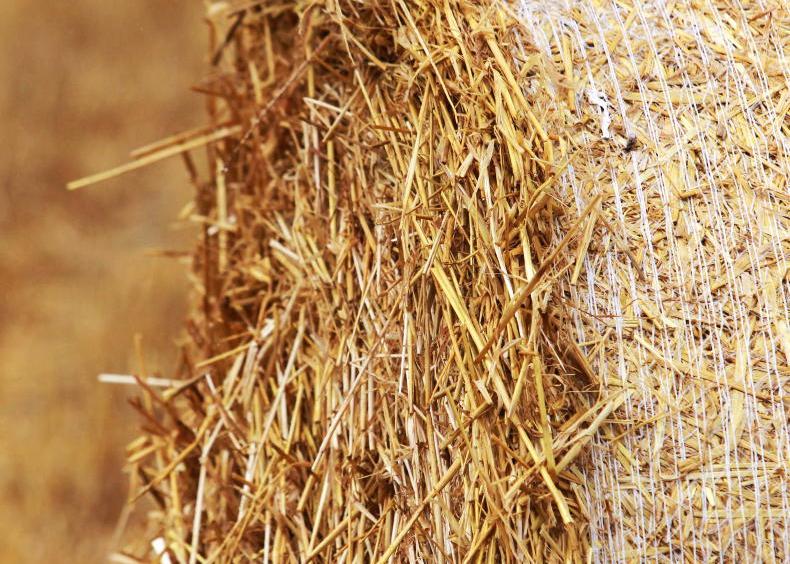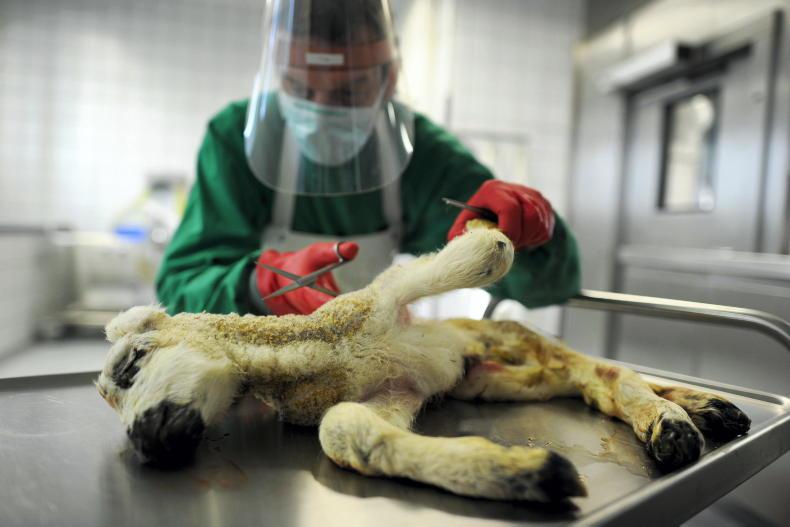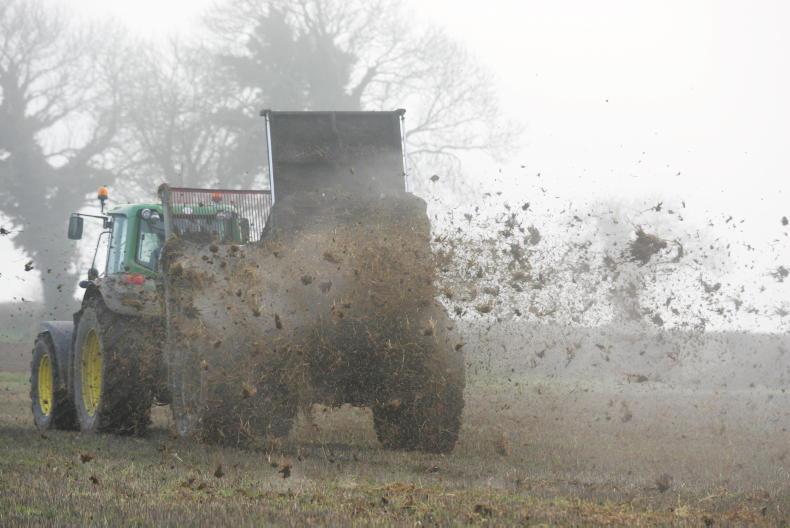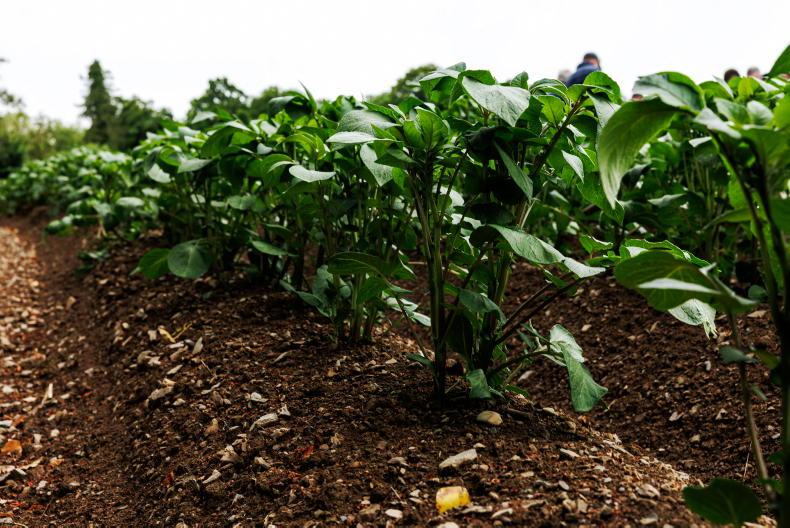Weather challenges
The sharp decline in weather conditions over the last week has created significant challenges for flocks in the midst of peak lambing. Reports indicate significant lamb losses were experienced in some flocks where young lambs were exposed to heavy snowfall and blizzard conditions.
Where ewes and lambs are being retained indoors for a significant period of time, then hygiene (straw and regular disinfecting/lime application) and nutrition are central to reducing the risk of disease and safeguarding high levels of performance.
The space requirement for a 70kg to 80kg lowland ewe on straw bedding is 1.2m2 to 1.4m2 (13ft2 to 15ft2), with each additional lamb having a space requirement of 0.3m2 (3.3ft2).
Where ewes are retained indoors for any significant period of time, it is important to offer sufficient supplementation. A twin suckling ewe in good body condition and offered ad-lib good-quality silage or hay will require in the region of 1.5kg concentrates daily.
This feed requirement will increase by 0.3kg to 0.5kg where ewes are in poor body condition or forage quality is of average to poor quality.
The deterioration in ground conditions and reducing dry matter content in grass should also be borne in mind. This varies significantly across regions and land type, with rainfall volumes differing greatly.
Where ground conditions are challenging and utilisation is poor or grass supplies are scarce, then ewes will benefit from concentrate supplementation in early lactation.
This is especially the case where the body condition of ewes is below optimum levels. Where grass supplies are good and the aim is to provide a short term nutritional boost, an allocation of 0.5kg concentrates daily will generally suffice.
This will need to be increased where ewes are under significant nutritional stress. On drier lands where there is a good supply of grass (4cm to 5cm upwards) and weather is normal for the time of year, then the nutritional requirement will be satisfied by grazed grass.
Marketing hoggets
Demand for hoggets is strengthening on the back of purchasing for the Islamic festival of Ramadan, which starts on 22 March and ends on 20 April.
The increase in demand presents a good opportunity to draft hoggets, but it is important that you consider and assess the best market outlet for the type of hoggets on hand.
There is keen demand in mart sales for top-quality butcher or wholesale type hoggets.
Demand and prices paid for store or short-keep hoggets have also increased, and the mart should be the preferred outlet for such types as opposed to reports from some factories of underfleshed and underweight hoggets being slaughtered.
National liming programme
Details of the €8m National Liming programme were announced this week. The programme will provide a financial contribution to participating farmers of €16 per tonne of calcium ground limestone/magnesium ground limestone applied.
Subject to budget availability, payment will be made on a minimum of 10 tonnes of ground limestone and a maximum of 200 tonnes.
It is not known yet if an oversubscription will mean a reduced eligible volume or a linear cut to payments, but given the value of applying lime it is advisable that sheep farmers consider making an application.
The application process is via agfood.ie and the closing date is 20 April. Full details including restrictions concerning land type and stocking rate will be available online and in next week’s paper.










SHARING OPTIONS